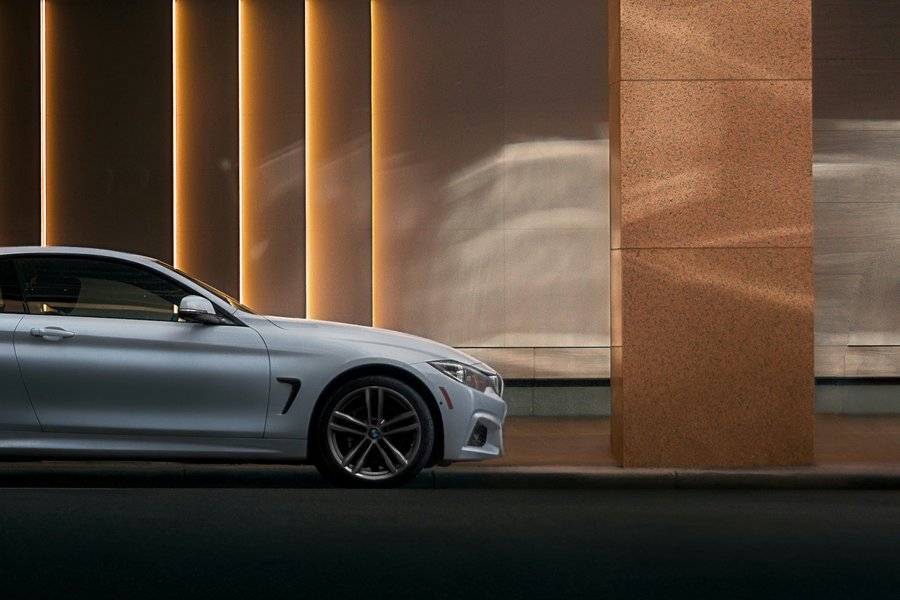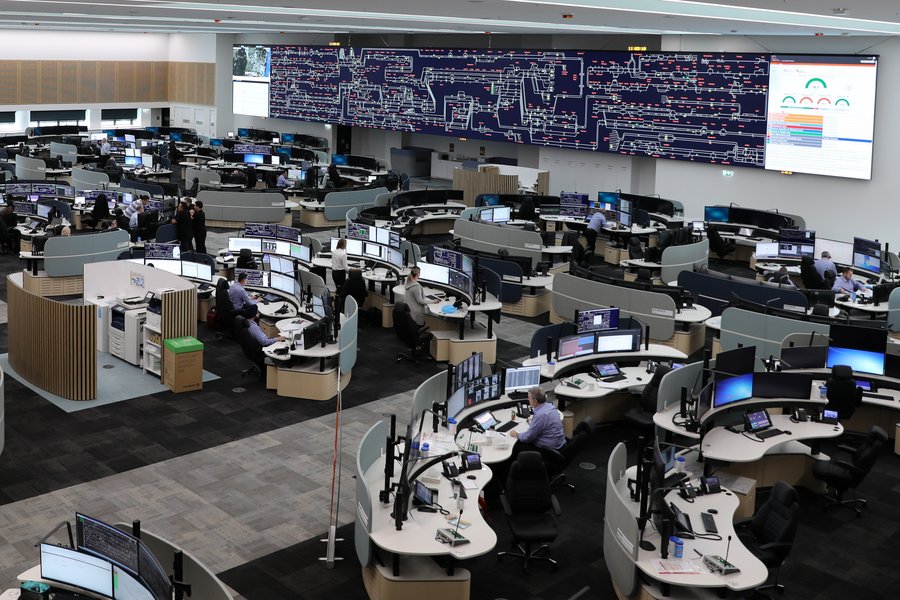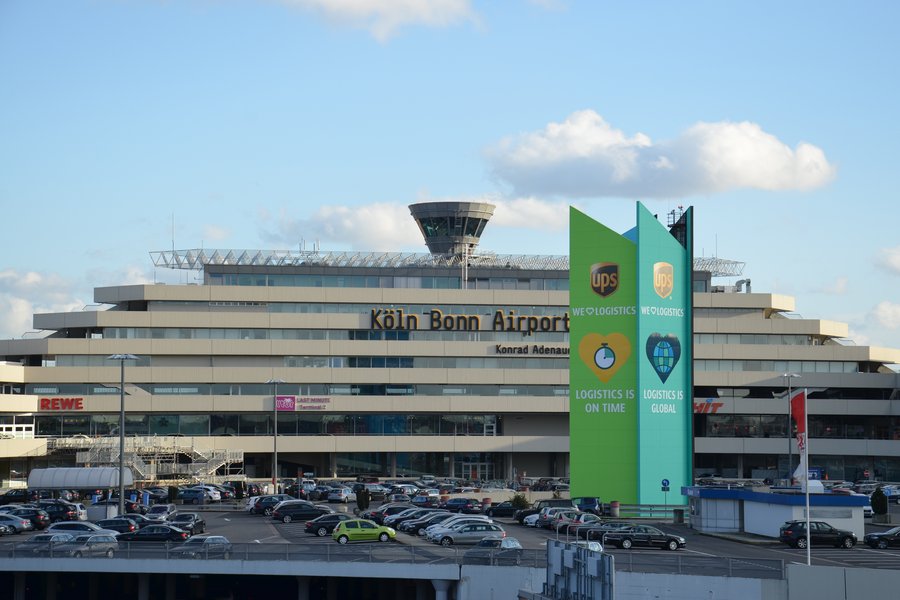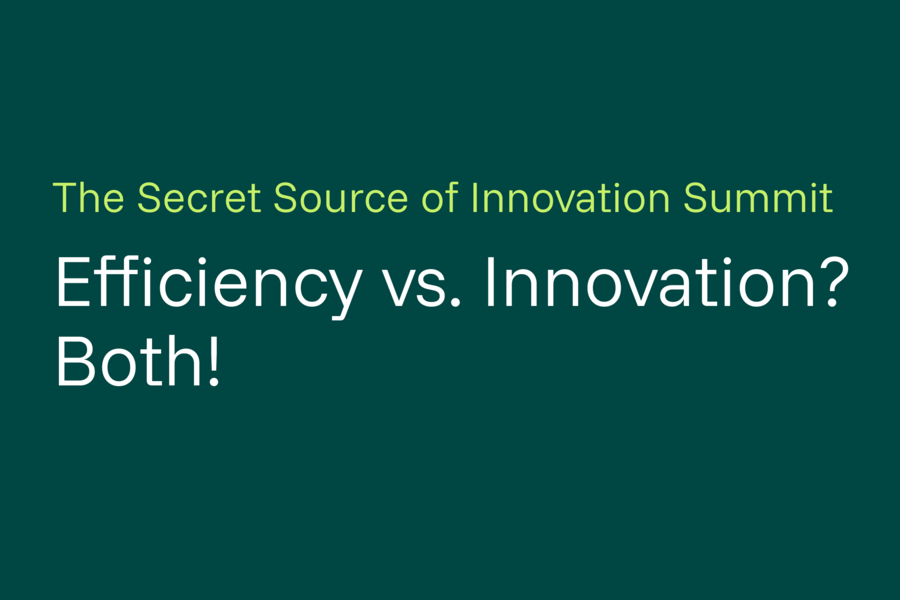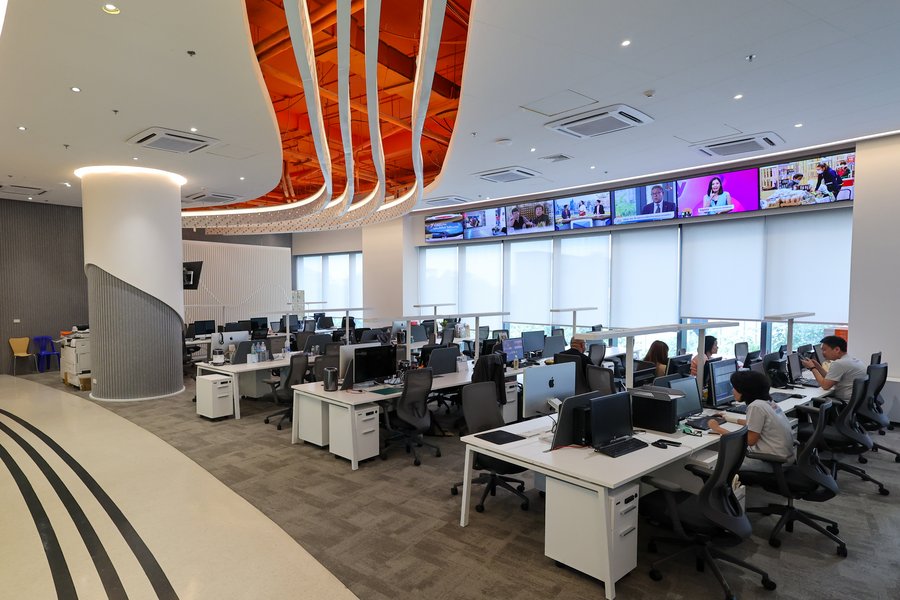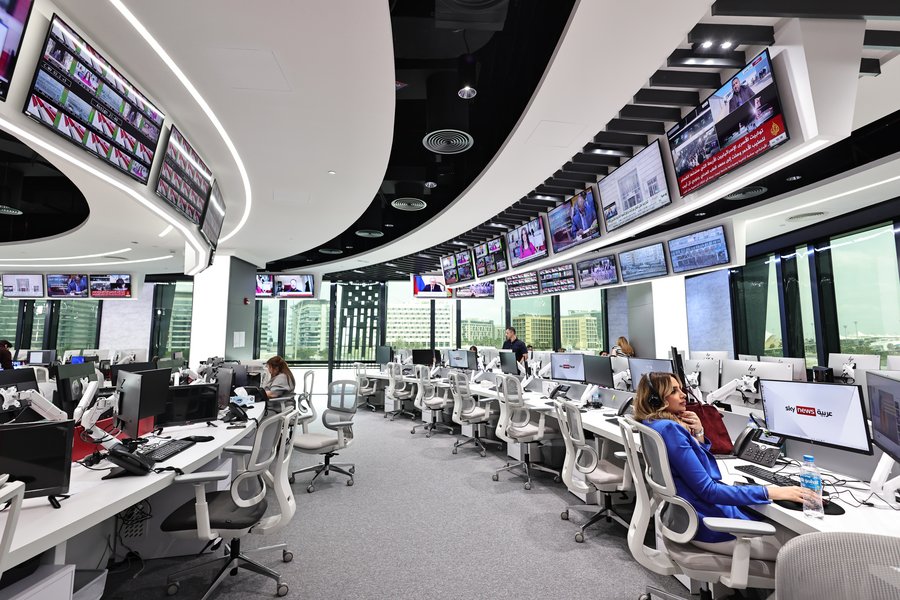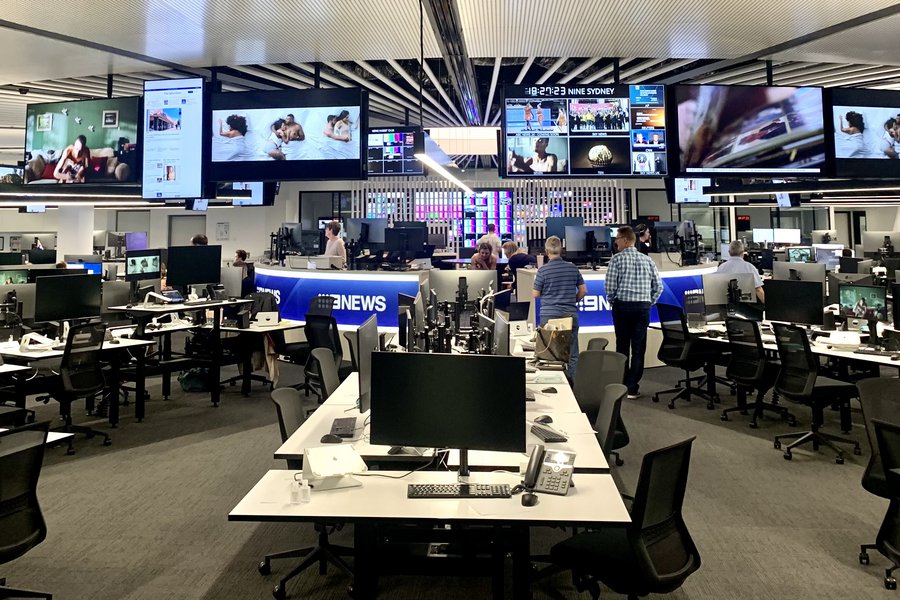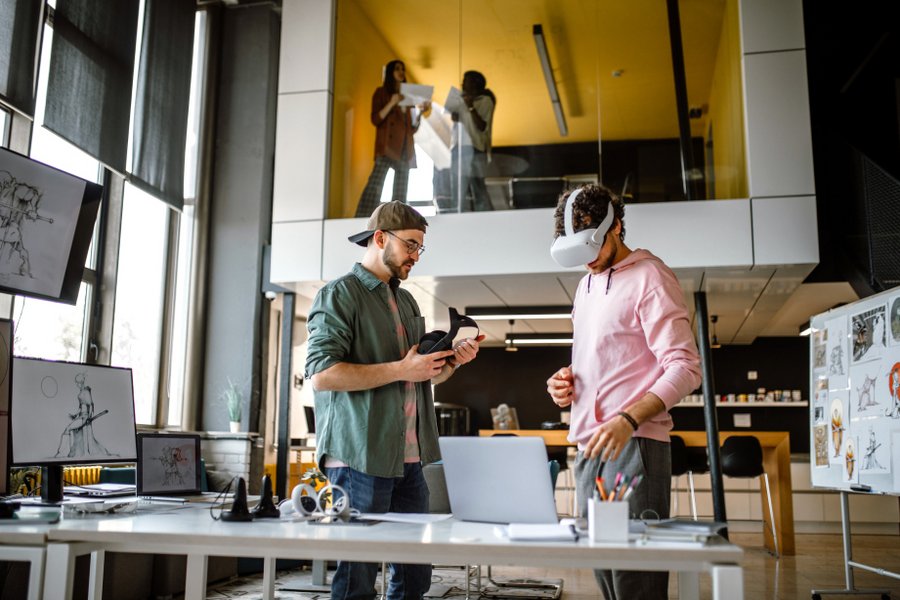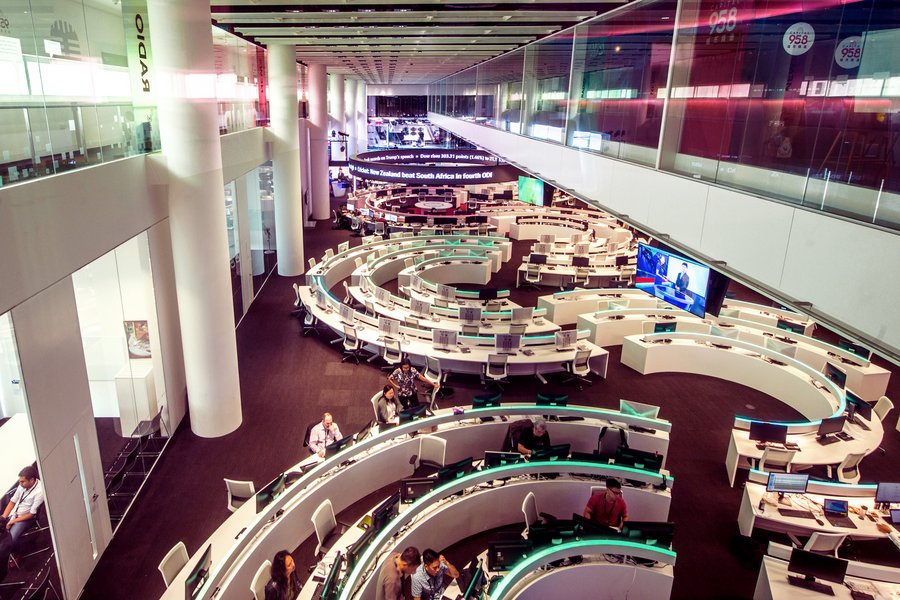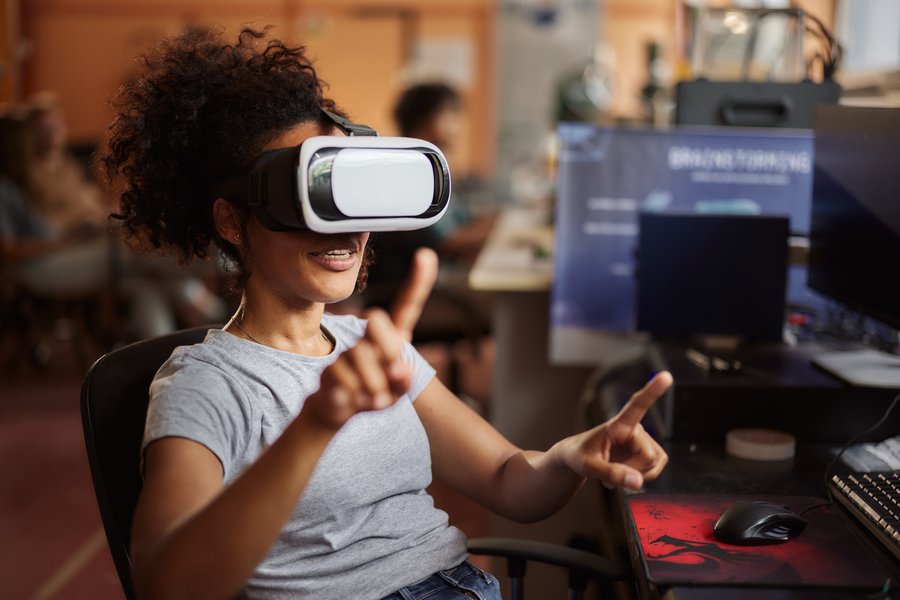The Importance of Media Technology for the Automotive Sector
The automotive sector has experienced a transformative evolution over the past decade, largely driven by advancements in media and communications technology. From enhancing the driving experience to improving safety and connectivity, media technology has become a cornerstone in the development of modern vehicles. This report explores the multifaceted importance of media technology in the automotive industry, highlighting its role in innovation, customer satisfaction, and future development.

Enhancing the Driving Experience
Infotainment Systems
One of the most notable contributions of media technology to the automotive sector is the development of sophisticated infotainment systems to integrate audio, video, and navigation functionalities into a single, user-friendly device. Drivers and passengers can enjoy a wide range of entertainment options, including music streaming, video playback, and internet browsing, all while on the move. Infotainment systems also offer real-time traffic updates, helping drivers navigate efficiently and avoid congestion.
Advanced Navigation
Modern vehicles are equipped with advanced navigation systems that utilize media technology to provide accurate and up-to-date maps, turn-by-turn directions, and points of interest. These systems are often integrated with real-time traffic data, enabling drivers to select the most efficient routes and avoid potential delays. Voice-controlled navigation further enhances safety by allowing drivers to keep their hands on the wheel and eyes on the road.
Improving Safety and Connectivity
Driver Assistance Systems
Media technology plays a crucial role in the development of driver assistance systems, which are designed to enhance vehicle safety and reduce the risk of accidents. These systems include features such as adaptive cruise control, lane departure warnings, and automatic emergency braking. By utilizing sensors, cameras, and advanced algorithms, driver assistance systems provide real-time feedback and assistance to drivers, helping them make safer decisions on the road.
Vehicle-to-Everything (V2X) Communication
The concept of Vehicle-to-Everything (V2X) communication relies heavily on media technology to enable vehicles to communicate with each other and their surroundings. V2X communication encompasses Vehicle-to-Vehicle (V2V), Vehicle-to-Infrastructure (V2I), and Vehicle-to-Pedestrian (V2P) interactions. This technology facilitates the exchange of information about traffic conditions, road hazards, and other critical data, improving overall road safety and efficiency.
Driving Innovation
Autonomous Vehicles
Media technology is at the forefront of the development of autonomous vehicles, which have the potential to revolutionize the automotive industry. Autonomous vehicles rely on a combination of sensors, cameras, and advanced software to navigate and make decisions without human intervention. Media technology enables these vehicles to process vast amounts of data in real-time, allowing them to detect obstacles, interpret road signs, and respond to changing driving conditions.
Enhanced Connectivity
The integration of media technology into vehicles has led to enhanced connectivity, transforming cars into smart, connected devices. Modern vehicles are equipped with internet connectivity, enabling them to communicate with other devices, access cloud-based services, and receive over-the-air updates. This connectivity allows for seamless integration with smartphones, smart home devices, and other IoT (Internet of Things) applications, creating a more connected and convenient driving experience.
Customer Satisfaction and Engagement
Personalized Experiences
Media technology enables automakers to offer personalized experiences to their customers. Through the use of data analytics and machine learning, vehicles can learn about drivers' preferences and habits, tailoring the infotainment and navigation systems accordingly. This personalization enhances customer satisfaction by providing a more enjoyable and convenient driving experience.
Interactive Features
Interactive features powered by media technology engage customers and create a more immersive driving experience. Touchscreen displays, voice recognition, and gesture controls allow drivers and passengers to interact with the vehicle's systems intuitively. These features not only enhance convenience but also contribute to the overall appeal of the vehicle.
Future Development
5G Connectivity
The advent of 5G connectivity promises to further revolutionize the automotive industry. With its high-speed, low-latency capabilities, 5G will enable even more advanced V2X communication, improved autonomous driving performance, and enhanced infotainment systems. The increased bandwidth and reliability of 5G networks will support the development of new applications and services, driving further innovation in the automotive sector.
Augmented Reality (AR)
Augmented Reality (AR) is poised to play a significant role in the future of the automotive industry. AR technology can be integrated into heads-up displays (HUDs) to provide drivers with real-time information about their surroundings, such as navigation directions, speed limits, and potential hazards. This technology enhances situational awareness and safety, making driving more intuitive and informative.
Conclusion
Media technology has become an indispensable component of the automotive sector, driving innovation, enhancing safety, and improving customer satisfaction. As technology continues to evolve, its role in the automotive industry will only grow more significant, paving the way for smarter, safer, and more connected vehicles. Embracing these advancements will be crucial for automakers to stay competitive and meet the ever-changing demands of consumers. The future of the automotive industry is undoubtedly intertwined with the continuous development of media technology, promising exciting possibilities and transformative changes.

